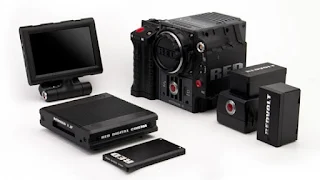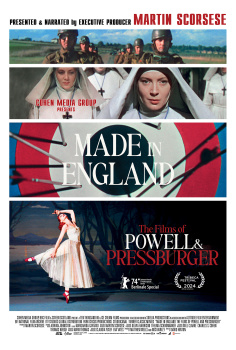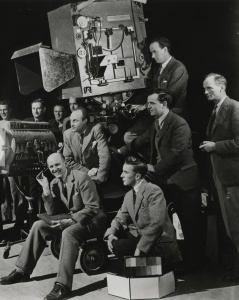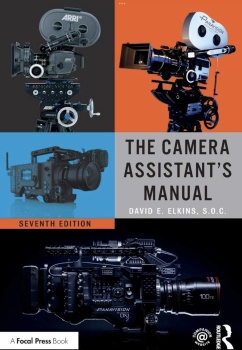The influence of Canon EOS in the consumer and professional photo and video market is now so profound and vast, a whole new multimillion dollar cottage cheese industry developed at blazing speed on the shoulders of the new DSRLs, ranging from all kind of carbon fiber and aluminum brackets to rods and stabilizers, to shoulder rigs and cages, to optical and electronic viewfinders to name a few, and not surprisingly, many of those products today set the support standard in how to capture images around the globe.
High definition video acquisition and its evolutive workflow have changed at such speed that all post-productions houses and all motion picture rental camera houses are forced today to invest and re-invest thousands of dollars just to keep up with the latest technology. Birns and Sawyer, the oldest motion picture rental house in Hollywood just auctioned all their film cameras, lenses and accessories to welcome new digital cameras for sale and rent to stay competitive. Duart Labs, the oldest film lab on the nation, closed its 35mm processing lab last year. Technicolor acquired Laser Pacific last July to consolidate its post-production services. And the list goes on and on...(Film Goes to the Museum, next week).
So, the arrival of the EOS C300 and the Scarlet X are good news to all of us. Let's go and have a bloody shoot out right on Sunset Boulevard..! I would say, the one left standing is the most creative, regardless of the camera used. Filmmaking after all, is about telling a story, not about how many pixels or megabits I have on my blender, and both cameras deliver a fine picture to hold any storyline. So, today all cinematographers can enjoy more top rated accessible working tools to choose from at a very low price point for whatever we decide to shoot.
Red Digital Cinema entered the camera manufacturing race on 2066 and is just recently coming out with a lower price point ($9,750+) and versatile 4K camera. As for Canon goes, is their first foray into making full fledged cinematography cameras, but as we all now Canon invests millions of dollars on R&D (research and development), hence the EOS line with the 1DX, 5D, 7D, 60D and now we have the C300 ($20,000+) And for these two cameras, the Scarlet X and the C300, this is only the tip of the iceberg. Two new camera systems that soon will be "upgraded" again as its intended market responds.
RED Digital Cinema announced its new Scarlet-X camera on the same day that Canon revealed its EOS C300. The news are still under wraps and the RED community has utterly taken down the company's servers. So the company's CEO has distributed information live to a small crowd. The Scarlet-X has an S35 sensor and the whole camera is essentially "Epic's little sister," with similar functionality. It's capable of 5k stills and 4K video at 25fps. Ratcheting down the resolution to 3K enabled 48fps, 2K gets you 60fps, and at 1K it can handle a whopping 120fps. It can write data at 50mb per second using RED's proprietary "Redcode RAW" format to an SSD via the included slot. The Scarlet-X will retail for $9,750 with a "full kit" chiming in at just under $14k. November 17th is the ship date for the PL mount version.
The Canon EOS C300 PL (PL mount) digital cinema camera is scheduled to be available in late March 2012 for an estimated list price of $20,000. In addition to frame rates of 59.41i, 50.00i, 29.97P, 25.00P and 23.98P, the EOS C300/C300 PL features a 24.00p mode, matching the 24 frame-per-second frame rate of film cameras for high compatibility with common film-production workflows.
The Canon EOS C300/C300 PL’s newly developed Super 35 mm-equivalent CMOS sensor incorporates approximately 8.29 million effective pixels and has a pixel size that is larger than that for conventional professional camcorders, enabling greater light-gathering capabilities for enhanced sensitivity and reduced noise. The sensor reads Full HD (1920 x 1080 pixels) video signals for each of the three RGB primary colors, decreasing the incidence of moiré while realizing high resolution with 1,000 horizontal TV lines
Click on photos for larger details or visit my page on Facebook



































































